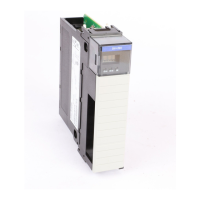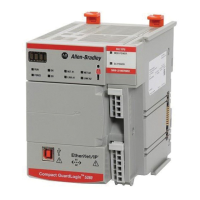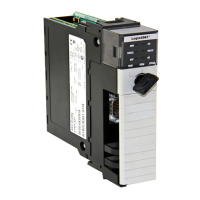1756-6.5.3 - December 1999
Chapter
1
ControlNet Communication Basics
What This Chapter Contains
This chapter provides an overview of the primary features and requirements
of ControlNet communication using the 1756-CNB module.
Module Versions
The ControlLogix ControlNet interface module is available in redundant
(1756-CNBR) and non-redundant (1756-CNB) configurations. Either
version may be used in the example applications, but for simplicity, we refer
to both as the 1756-CNB module.
Before you go any further . . .
The example applications use series B (firmware version 2.10) 1756-CNB
modules. If you currently have series A modules, you can obtain free
firmware upgrades to series B by contacting Rockwell Technical Support.
See page P-6.
For information about See page
Module Versions 1-1
Support for up to 64 Bidirectional Connections 1-2
Bridging Unscheduled Data 1-3
Understanding the Producer/Consumer Model 1-4
Processing Produced and Consumed Tags 1-5
Control of Scheduled I/O Communications 1-6
Understanding the Control and Information Protocol 1-6
Understanding the Network Keeper 1-7
Network Update Time (NUT) 1-7
Requested Packet Interval (RPI) 1-7
Actual Packet Interval (API) 1-8
Rack Optimized and Direct Connections 1-8
Default Parameters 1-10
For further information on the differences between using the redundant and
non-redundant versions of the 1756-CNB module in your network, refer to
the ControlNet Cable Planning and Installation Manual, publication
1786-6.2.1.

